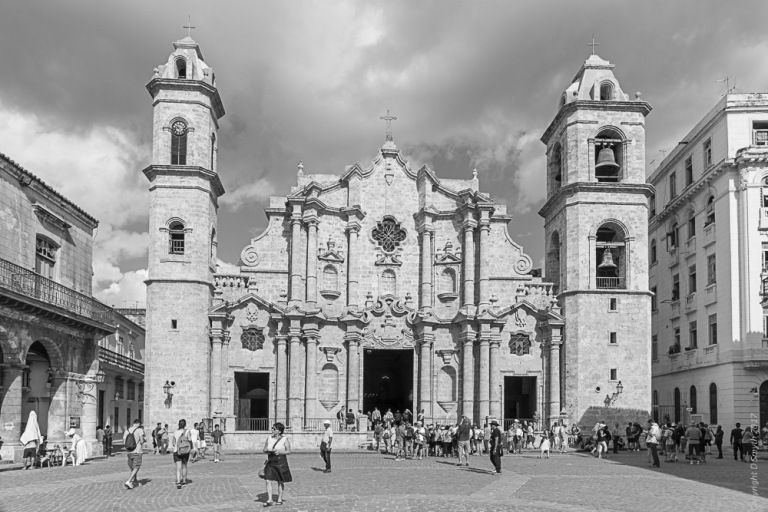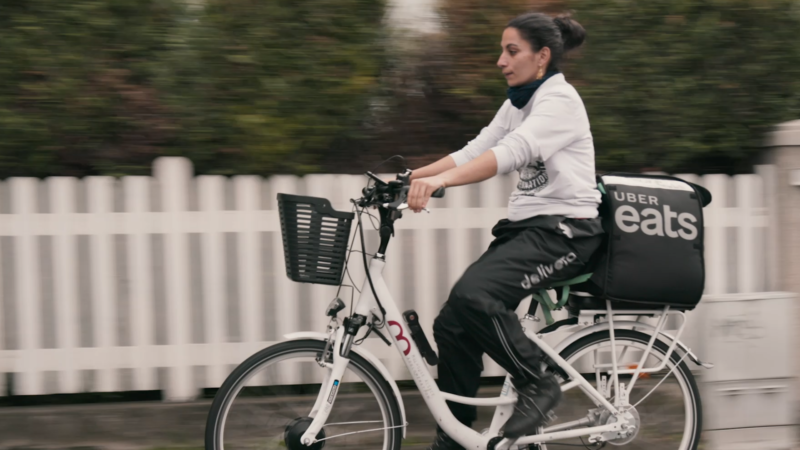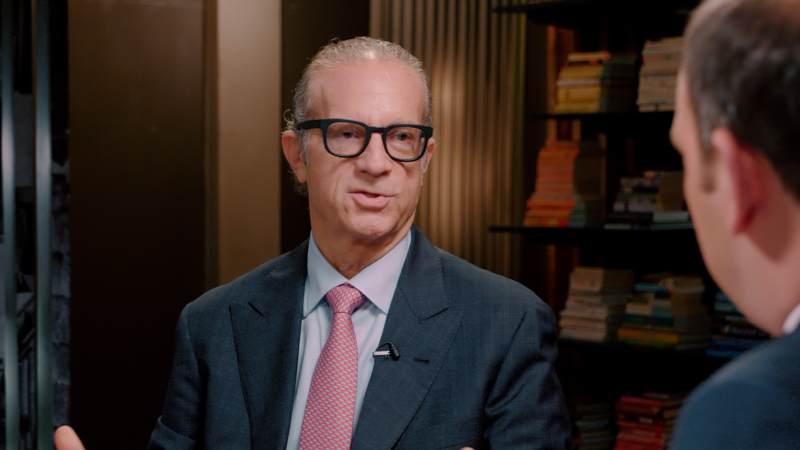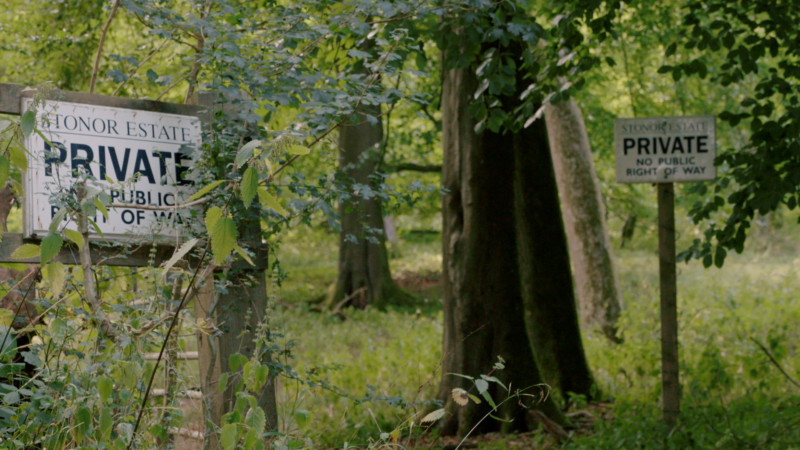Novelist, Graham Greene was right when he said that Havana is a city where “anything is possible”. Havana is a city of dreamers and dreams; of myths and fantasies. But it is also a city that cannot escape a present guided by the dark forces of its past. In essence, Havana is a contradiction that represents the antithesis of the kind of nightmares imposed on it by its super power adversary 90 miles away.
The Plaza Hotel in central Havana has all the grace and fading colonial splendour reminiscent of something out of a E. M Forster novel. Except for the sound of the occasional taxi that passed on the street directly below, and the flickering echo of distant voices, the streets remained eerily quiet.

The vivaciousness, eclecticism and atmospheric energy of the Caribbean’s largest city has survived everything that has been thrown at it throughout its 500-year history and continues to stand as a beacon of resistance against US imperialism today.
For this writer, it was the visceral and abstract, as opposed to conventional notions of beauty, that was Havana’s main appeal. The overriding sense of a city that forms part of an Island of quasi-socialism within a sea of capitalism, and all of the contradictions and potential opportunities that this entails, is palpable for the first time visitor. Graham Greene was right when he said that Havana is a city where “anything is possible”.
The beating heart of the city metaphorically pulses to the sound of live music in much the same way as New Orleans does. Whether it emanates from somebody’s balcony or from the bars and streets, the eclecticism of a city where music and architecture appear to fuse into one means that visitors and residents alike are rarely far from either.
Many of the buildings and squares are shaped by a colourful colonial history embellished by a myriad of foreign influences that gracefully combine baroque, neoclassical, art nouveau, art deco and modernist styles. The buildings in central Havana are almost, without exception, visually stunning. Unfortunately, much of the architectural splendour has been left to fester in an advanced state of dilapidation, largely as a result of the turmoil of three separate revolutionary wars.
To what extent one allows oneself to be immersed in either aspect is largely dependent on the individual. “Havana is very much like a rose”, said Fico Fellove, in the movie The Lost City, “it has petals and it has thorns….so it depends on how you grab it. But in the end, it always grabs you.”
Fellove is right. Havana is a city of dreamers and dreams; of myths and fantasies. But it is also a city that cannot escape a present guided by the dark forces of its past. In essence, Havana is a contradiction that represents the antithesis of the kind of nightmares imposed on it by its super power adversary 90 miles away.
One of the nightmares the people of Havana continue to suffer is the US trade embargo which has hit the city hard. The Washington-imposed 1992 Torricelli Act prevents foreign subsidiaries of US companies trading with the city and prohibits ships that have called at its port from docking at US ports for six months.
The 1996 Helms-Burton Act, meant that the tightening of the embargo was pulled up a notch. The end result of this draconian US attack was the effective banning of virtually the entirety of the rest of the world trading with Cuba. This is causing terrible suffering in the city.
The hope for many was that Helms-Burton would be repealed. However, under Obama these hopes were dashed. Given the perilous state of the US economy under his successor, Trump, in addition to Cuba’s continued resistance to US hegemony, any compromise in the Cuban position, post-Fidel, seems equally unlikely.
By smearing Cuba’s “socialism” as “devastating” and a “failure“, Trump has further alienated the Cuban leadership. The country is hardly socialist. The revolution that overthrew US puppet, Fulgencio Batista in 1959, was in reality an anti-colonial rather than a socialist revolution in which Cuba’s workers were largely onlookers, however sympathetic.
The consequence of prioritising national liberation above socialist revolution has been the emergence of a two-tier economy in Havana. Hard currency in the form of the Cuban convertible, has largely replaced the Peso as the means of exchange. Its growing use is creating a distorted local economy, altering the dynamic of the city in a way that is not dissimilar to the satellite states of the former Soviet Union prior to the collapse of the Berlin wall.
The crisis in the Cuban economy was exacerbated during the period 1991-94. This was a particularly dark phase in the history of Havana. During this time the people of the city and throughout the country had suffered terribly. The ending of Soviet subsidies that had effectively sustained the Cuban economy for 30 years had, by the end of the decade, become reliant for its growth on a rapidly expanding tourist industry. But this growth was fragile because it did not reflect any deep transformation of the economy.
Today, the Cuban convertible and other forms of hard currency (except the US dollar), can be exchanged at any bank in Havana for Pesos. A basic meal paid for by the latter on the streets of the city costs the equivalent of 25p, while a beer at a hard currency-only tourist bar will set a skilled Cuban worker back one-twentieth of his or her monthly salary. This kind of two-tier economy is not consistent with socialism but rather a highly political bureaucratic state.
State corruption is the inevitable consequence that flows from this set of relationships. Ordinary Cubans who are not connected to either the high echelons of the bureaucratic state or the tourist sector, speak endlessly and angrily about the visible and growing gulf – economic, social and political – between this privileged layer and the majority, whose daily life is a struggle. Tourism exacerbates these divisions which explains why Havana is being pulled in different directions.
At the time of my visit to the city, socioeconomic polarizing fractures had already started to appear – a situation that will almost certainly worsen as the relative trickle of tourists inevitably turn into a flood in the years to come. The irreconcilable forces that are seemingly pulling the city apart acts as a warning sign to the rest of the country in a post-Fidel world.

With workers pushed to breaking point, is it now time to call time on predatory business models?

Both COVID-19 and the climate crisis are being used as camouflage for central bankers to throw more printed money into a broken system.

With proper access to land denied to the vast majority, is it now time to reclassify trespass as a revolutionary act?